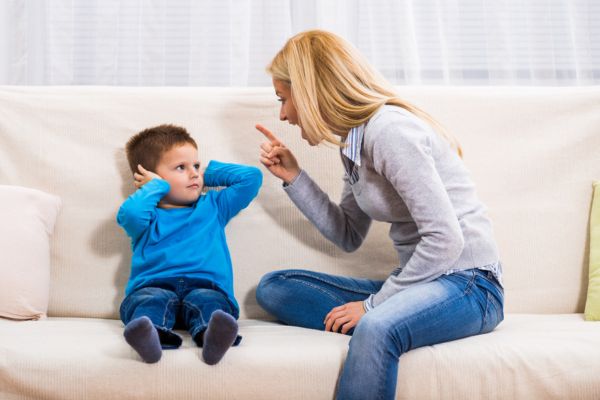
Great caregivers are always learning. Learning about new research, new theory, new ways of putting ideas into action, new strategies to deal with common and uncommon challenges, new hacks that just make life with kids easier. Great caregivers also know how to unlearn things. One of the toughest things to unlearn is the negative language we were surrounded with growing up. Saying no, don’t, or stop is part of our societal vocabulary, defining what you don’t rather than what you do want is how most people express themselves.
Here’s a quick look at why unlearning this vocabulary and replacing it with positive language, saying what you need, is important:
1. Outline expectations clearly. When you say “stop playing with the cushions”, the child may not get a clear picture of what you want them to do. This can lead to confusion, frustration, impatience, and anger. Saying “leave the couch pillows in their place” lets them know exactly what is expected. They can play on the couch as long as they leave the cushions in place.
2. Communication skill building. Now I know you’re thinking, “Of course my kid knows what I mean about the cushions.” You’re probably right. However, this isn’t just about the couch cushions. When you use positive language, you’re practicing and modeling the skill of identifying your needs and sharing them in a respectful way with someone else. You’re helping your child learn to pinpoint their needs and then ask another to meet those needs
Examples:
- Child to teacher: “Please help me understand how to work through problem three.” vs. “I can’t do this!”
- Child to friend: “Please support me by going with me to talk to Jessie about the rumor she started.” vs. “You suck as a friend”,
- Child to parent: “Please tell me the truth about what’s going on with you and dad.” vs. “You’re always in such a bad mood!”
Imagine how different our world would be right now if people were equipped with the skill of identifying and respectfully asking for what they need instead of fighting and fuming over not getting their needs met, even when they can’t clearly articulate what those needs are? Positive language plants the seed of that skill. Yes, it takes more to develop the skill fully but this is where it starts.
3. Focus on what kids can accomplish. If you’ve ever been around someone who has spent the day telling you all the things you can’t do, all the things you’re doing wrong, and all the things you need to stop doing, you know it’s emotionally deflating. You soon start to feel like you’re fundamentally wrong, that you just can’t get anything right. It’s the same for kids. A constant refrain of no, don’t, and stop creates a negative environment that creates negative feelings. Positive language helps kids focus on what they can do, what they can accomplish, and what boundaries work for both of you.
4. You’ll feel better too. Once you start using positive language, you’ll immediately feel the difference. You’ll feel lighter, happier, and more in tune with your kids. It’s common sense (and research proven) that positive language leads to a more positive outlook and overall good feelings. Like all unlearning, it all starts with self-awareness. Once you start noticing your negative language, you can start replacing it.